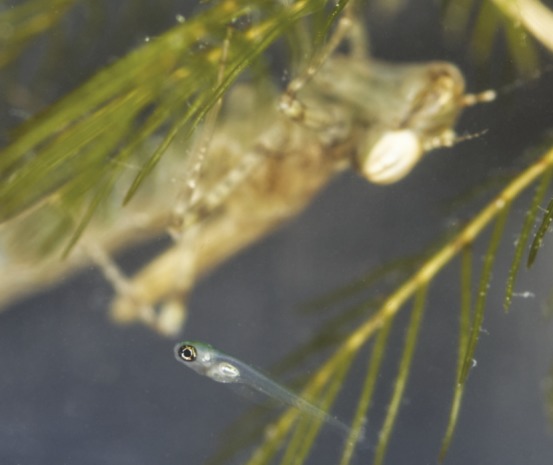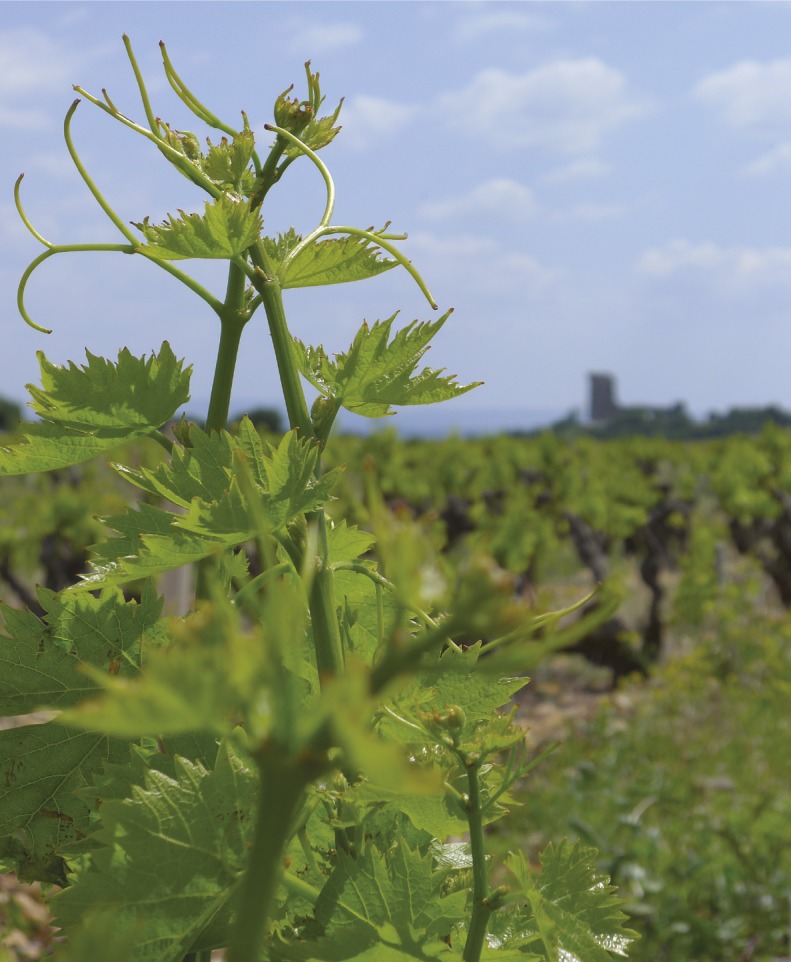Mayfly declines in North American waterways
Adult mayfly following an emergence on Lake Erie.
Seasonal animal movements drive the transport of biomass and nutrients between ecosystems, thereby influencing community structure and ecosystem function. However, quantifying such movements at ecosystem scales remains technically challenging. Phillip Stepanian et al. (pp. 2987–2992) used data from weather surveillance radar to monitor an extreme example of such movements: the annual emergence of mayfly swarms from aquatic to terrestrial habitats in North America. The authors surveyed mayfly abundance over the Western Lake Erie Basin and the Upper Mississippi River in North America from spring 2012 to the present. Up to 87.9 billion mayflies were observed emerging during a single event, releasing more than 3,000 tons of biomass into the airspace in a matter of hours. In recent years, however, abundances in both waterways has declined dramatically: 84% in Lake Erie from 2015 to 2019, and 52% in the Upper Mississippi from 2012 to 2019. The declines may reflect deteriorations in water quality due to a combination of factors, including warming water, nutrient-rich runoff, and pesticides. Such factors could ultimately lead to the extirpation of mayflies from these waterways, with consequences for the insectivores that prey on mayflies, according to the authors. — B.D.
How a giant neuron mediates rapid escape and survival

Small zebrafish larva, with nymph in the background.
The Mauthner (M) cell is a giant neuron—the largest known in the vertebrate brain—that is involved in mediating rapid escape behavior in fish. However, studies have shown that rapid escape behavior can occur even after removal of this giant neuron, and its exact role remains unclear. Alexander Hecker et al. (pp. 3254–3260) conducted ablation experiments using the M cells of zebrafish larvae and simultaneously monitored both the state of the degenerating M axon and zebrafish escape performance over an extended period of time. The authors found that the axon was able to survive for a remarkably long time after ablation of its cell body, during which it remained fully capable of driving rapid escape behavior. However, when the axon was lost, so was the ability to escape rapidly, suggesting that the M axon is essential for rapid escape behavior in zebrafish. The loss of rapid escape behavior directly translated to a decreased ability of zebrafish without M axons to survive the attacks of their natural predator, damselfly nymphs, compared with larvae with intact M axons. In addition, the loss of the M cell could not be compensated for throughout the lifetime of the zebrafish. The findings indicate a role for the M cell in survival and suggest that even single neurons in complex brains can serve critical functions, according to the authors. — S.R.
Wine grape diversity and climate change

Grapevines growing in Châteauneuf-du-Pape, France.
Global warming is expected to harm agriculture by reducing yields, but increasing crop diversity may help counter some of the potential damage. Ignacio Morales-Castilla et al. (pp. 2864–2869) examined historical data from 1956 to 2015 in Europe, largely from France, of 11 cultivars of wine grapes with high diversity. The authors combined the data, which focused on budbreak, flowering, and ripening onset, with global planting data and temperature records from 1880 to 2013 to create models forecasted for global warming scenarios in 2006–2100. In a scenario in which Earth warms by 2 °C, 56% of all identified regions growing wine grapes would be lost if cultivar turnover did not occur, though cultivar diversity would reduce projected losses by 57%. Under a 4 °C warming scenario, 85% of all identified wine-growing regions would be lost if cultivar turnover did not occur, though cultivar diversity would reduce losses by 32%. However, the authors found that cultivar diversity alone may not be sufficient to prevent wine grape declines in the most vulnerable regions. The findings suggest that cultivar diversity can reduce agricultural losses from global warming, although its effectiveness would decline considerably if the warmest scenarios materialize, according to the authors. — M.S.
Ribozyme that synthesizes its own ancestor

RNA ligase ribozyme assembled from three RNA strands, each synthesized by a polymerase ribozyme.
Key to the development of RNA-based life, which is thought to have preceded DNA-based life, is the ability to produce an RNA polymerase ribozyme, which can synthesize complex molecules and pass genetic information to succeeding generations. Katrina Tjhung et al. (pp. 2906–2913) directed evolution of an RNA polymerase ribozyme through 14 generations, selecting for the ability to synthesize functional ribozymes similar to itself. The evolution involved synthesis of a specific hammerhead ribozyme structure, and successful ribozymes were repeatedly tested in successively shortened synthesis durations to select for the most efficient and accurate ribozymes. The final generation exhibited the ability to synthesize its evolutionary ancestor, a class I ligase enzyme, in three separate RNA strands that then assembled into a functional ligase. Fidelity of synthesis was poor, however, given that few of the assembled ligases were free from function-disabling mutations. According to the authors, the results show the need for both efficient and accurate RNA synthesis in RNA-based life and suggest that accuracy of RNA synthesis may have been an obstacle along the evolutionary path of RNA-based life. — P.G.
Tracking fishing vessels with albatrosses
Wandering albatrosses with a juvenile.
Undeclared and illegal fisheries harm ocean ecosystems. Implementing control measures against such fisheries requires real-time information on fishing-vessel location, which is difficult to obtain, particularly in international waters. Henri Weimerskirch et al. (pp. 3006–3014) developed portable data loggers capable of detecting radar emissions from vessels and rapidly transmitting GPS locations to a central database via satellite. To monitor vessel locations over a large area, the authors equipped 169 albatrosses from islands in the southern Indian Ocean with the data loggers between November 2018 and March 2019. By comparing detected radar signals with publicly available data from vessel Automatic Identification Systems (AISs), the authors estimated the proportion of undeclared vessels. More than one-third of vessels detected in international waters had no corresponding AIS signal, and this proportion was lower on average within national Exclusive Economic Zones (EEZs), but also varied significantly between EEZs. The loggers also provided information about the nature of seabird–vessel interactions, finding that juvenile albatrosses were less likely than adults to encounter and closely approach vessels, and that species varied in their attraction to vessels. The results suggest the feasibility of using animals to help patrol the oceans, according to the authors. — B.D.




